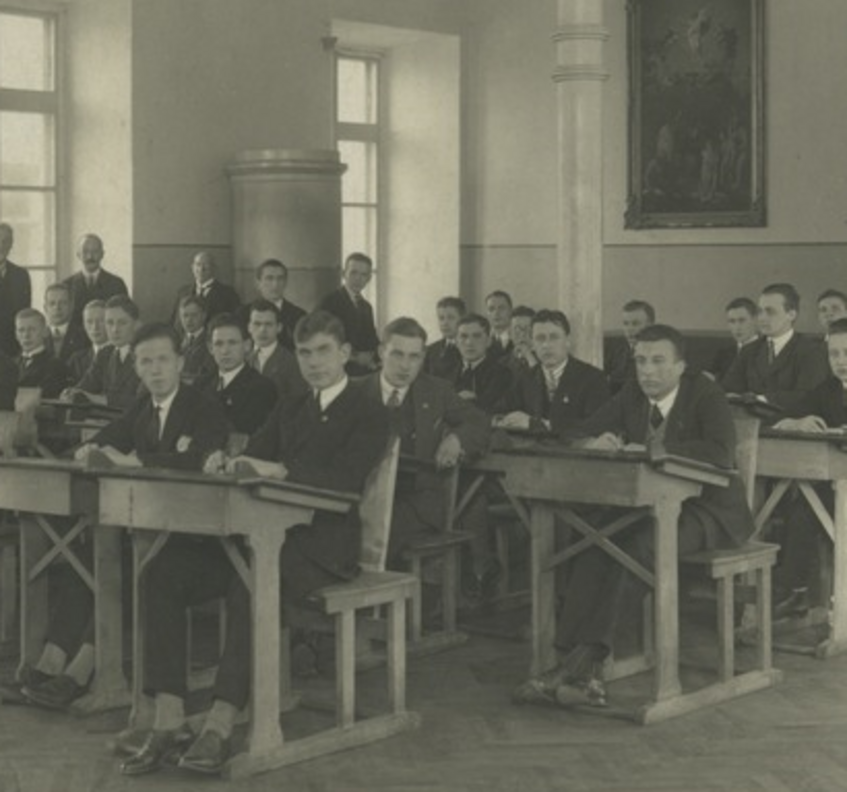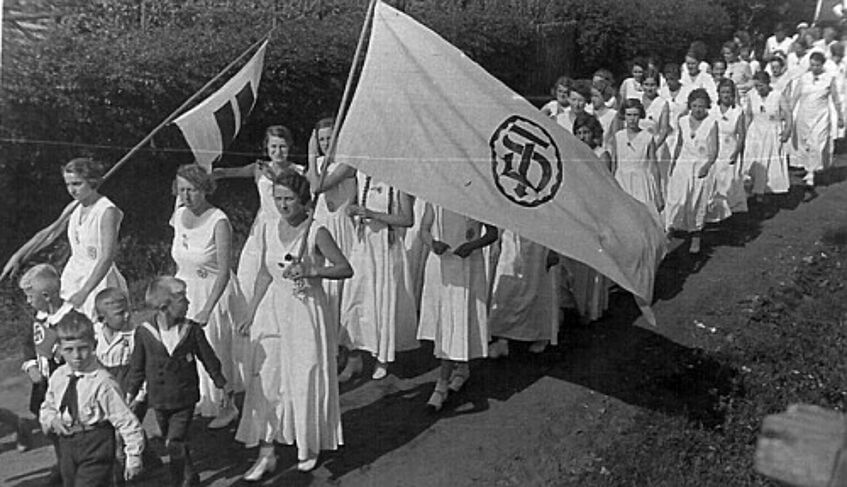Unterprojekte innerhalb von NTAutonomy
NTAutonomy is organised in seven work packages that reflect the historical, geographical and political contexts in which non-territorial autonomy was thought and applied. In addition, work packages 3–6 reflect the ideological spectrum from the far-left to the far-right in which non-territorial autonomy was considered over time.
See the detailed description of the project here.
- WP 1: The Habsburg laboratory of national policy, 1848–1914
- WP 2: The critical evaluation of non-territorial autonomy in the Kingdom of Hungary, 1848–1919
- WP 3: The implicit appropriation of non-territorial autonomy elements in the early Soviet Union, 1917–1925
- WP 4: The implementation of non-territorial autonomy in the socialist Ukrainian People’s Republic, 1917–1921
- WP 5: The translation of non-territorial autonomy ideas to the liberal political setting of the Baltic States, 1918–1940
- WP 6: The idea’s instrumentalisation by the far-right environment of the Sudeten German Party in the 1930s
- WP 7: Non-territorial autonomy elements in international minority protection in the twentieth century
WP 1: The Habsburg laboratory of national policy, 1848–1914
The core work package investigates the emergence and earliest applications of non-territorial autonomy in the Habsburg Empire. It explores the interrelations, adaptations and circulation of various theoretical and practical approaches within the Habsburg Empire. The proponents of non-territorial autonomy included Austro-Marxist theorists, liberal legal scholars and policymakers in Moravia, Bosnia, Bukovina and Galicia. This work package aims to prove that non-territorial autonomy was the trend-setting approach for national compromises after the turn of the century.
WP 2: The critical evaluation of non-territorial autonomy in the Kingdom of Hungary, 1848–1919
This work package focuses on left-wing thinkers in the Hungarian part of the Dual Monarchy who either accepted or rejected the idea of non-territorial autonomy the way the Austrian social democrats, Karl Renner and Otto Bauer imagined it. The research concentrates on the time between the fin de siècle and the end of WW1, with an outlook to the mid-19th century and the interwar years. Based on political pamphlets, party protocols, the press, and personal archives, the WP traces and analyzes contemporary ideas and practical models to deal with national and linguistic diversity within the social democratic movement and state administration. In a wider sense, the research shows the overlaps between modernization (and its unequal diffusion) and national discourse.
WP 3: The implicit appropriation of non-territorial autonomy elements in the early Soviet Union, 1917–1925
This work package investigates how and to what extent the concept of non-territorial autonomy was translated to the far left of the political spectrum. While Mensheviks, Social Revolutionaries and Jewish Bundists actively encouraged the idea, the Bolsheviks severely criticised the Austro-Marxist model as a form of bourgeois nationalism. However, this project argues that the autonomy given to the non-Russian population in the early Soviet Union in fact strongly resembled broader elements of non-territorial autonomy.
WP 4: The implementation of non-territorial autonomy in the socialist Ukrainian People’s Republic, 1917–1921
The fourth sub-project traces the origins of the 1918 Ukrainian law on national-personal autonomy, which was the first fully implemented modern non-territorial autonomy provision. The short-lived left-leaning Ukrainian People’s Republic provided for autonomous non-territorial bodies for Russians, Poles and Jews. This work package explores the intellectual connections of Ukrainian politicians not only with Austro-Marxist writings but also with earlier Habsburg compromises in Bukovina and Galicia.
WP 5: The translation of non-territorial autonomy ideas to the liberal political setting of the Baltic States, 1918–1940
Picture: A class at the German Domschule in Tallinn in 1927. Tallinna Toomkool. Klassiruum, AM _ 8400 F 11401, Eesti Ajaloomuuseum, www.muis.ee/museaalview/2551519
This sub-project concentrates on the liberal interpretation of non-territorial autonomy and the adaptations of the model in the newly independent Baltic States in the interwar period. In 1919, Latvia introduced educational autonomy for its minorities. A year later, Lithuania passed a non-territorial autonomy law for Jews based on the traditional, but de-confessionalised, Jewish councils. Finally, the cultural autonomy law implemented in Estonia in 1925 was interwar Europe’s most minority-friendly legislation. The aim of this sub-project is to analyse how minority and majority political actors in the Baltic States developed their non-territorial autonomy models, how familiar they were with Austro-Marxist concepts and how they were involved in transnational discussions on minority issues.
WP 6: The idea’s instrumentalisation by the far-right environment of the Sudeten German Party in the 1930s
The sixth work package investigates far-right adaptations of non-territorial autonomy during the interwar period, closely focusing on the ethno-federalist model developed by the Sudeten German Party. It explores how German minority activists in Czechoslovakia, who were familiar with the pre-war Moravian Compromise, the Austro-Marxists’ writings, as well as with the recommendations of the Congress of European Nationalities, transformed the concept of non-territorial autonomy into a tool for the politics of the far right. The principal aim is to show how and why an originally liberal idea was well capable of being adapted to the language and needs of illiberal or even racist ideologies.
WP 7: Non-territorial autonomy elements in international minority protection in the twentieth century
This work package traces non-territorial autonomy approaches in international minority protection during the twentieth century. It pays specific attention to transnational minority lobby groups, such as the Congress of European Nationalities, that were in favour of such concepts. We will explore their interactions with international law making institutions, such as the League of Nations or the OSCE, that have tended to be sceptical towards non-territorial autonomy. One of the main reasons for their diverging evaluation of non-territorial autonomy owes to the question whether collective rights or individual rights should be favoured.


This project has received funding from the European Union’s Horizon 2020 Research and Innovation Programme under Grant Agreement no 758015




